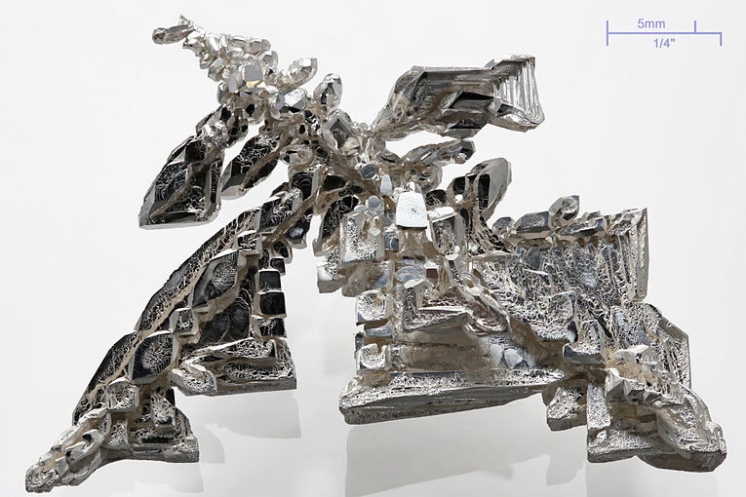Silver mining history and its use – Part One

Silver has been mined for thousand of years, it had been mined earlier than gold. The Chaldeans produced silver jewels in their capital city of Babylon 6,000 years ago. Shiny white silver was as popular and expensive as gold until rich deposits of silver were found in America.
Properties
Silver is a white, glossy, forgeable, ductile, and fine metal with the highest heat and electric conductivity. It can be found in compounds with other metals. Fine silver is very rare to find. The richest silver ore is called argentite which can contain more than 87% of silver. Other fine silver ores are proustite and pyrargyrite containing more than 65% of silver. The most significant sources of silver are argentiferous ores. The largest amount of silver is mined from lead and zinc ores i.e. 45%, copper and copper-nickel ores i.e. 18%, ores containing gold, too – i.e. 15%, and tin ores i.e. 2%. Pure silver ores represents only 20%.
Water silvering
People have been using special properties of silver since ancient times: water silvering.
Silver immersed into water causes a weak chemical reaction. A tiny amount of silver admixture revives water (bubbles are created) and it gives it antibacterial effects. Water reviving through water silvering has been used up today with regard to modern methods. Electric current moves between silver electrodes immersed in water. This method is used at ocean liners’ water reservoirs or cosmic shuttles.
Ag versus Au
A natural alloy of gold and silver is of light yellow colour and it is called kustelit (containing < 10% of gold) or electrum (containing > 10% of gold). Apart from gold, silver is the best forgeable metal, it can be hammered into slices 0.002 mm thick. Some silver properties outclasses gold ones such as lower melting temperature, fine silver is harder. Despite gold it loses gloss very quickly. In the most ancient times silver was valued more by some civilizations than gold. Greek historian Strabo mentions that some Arab nations changed one piece of silver for two pieces of gold.
Source: Lomy a těžba
